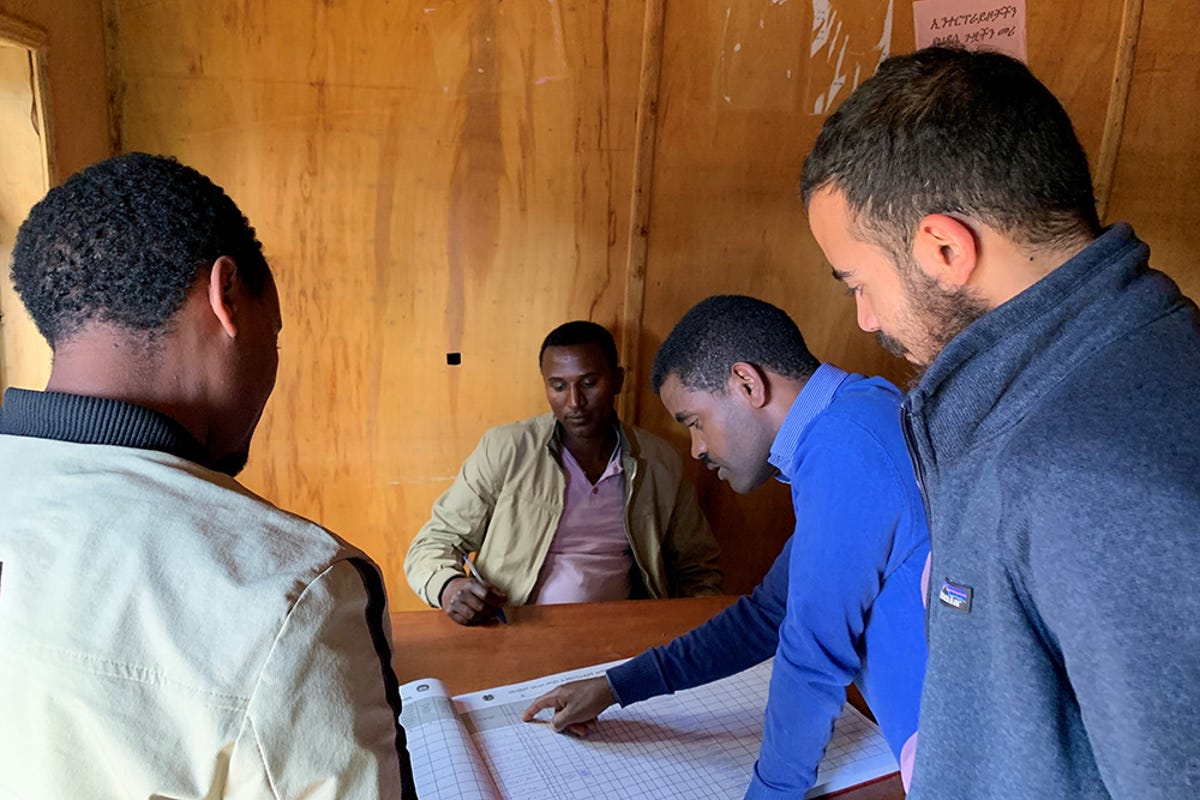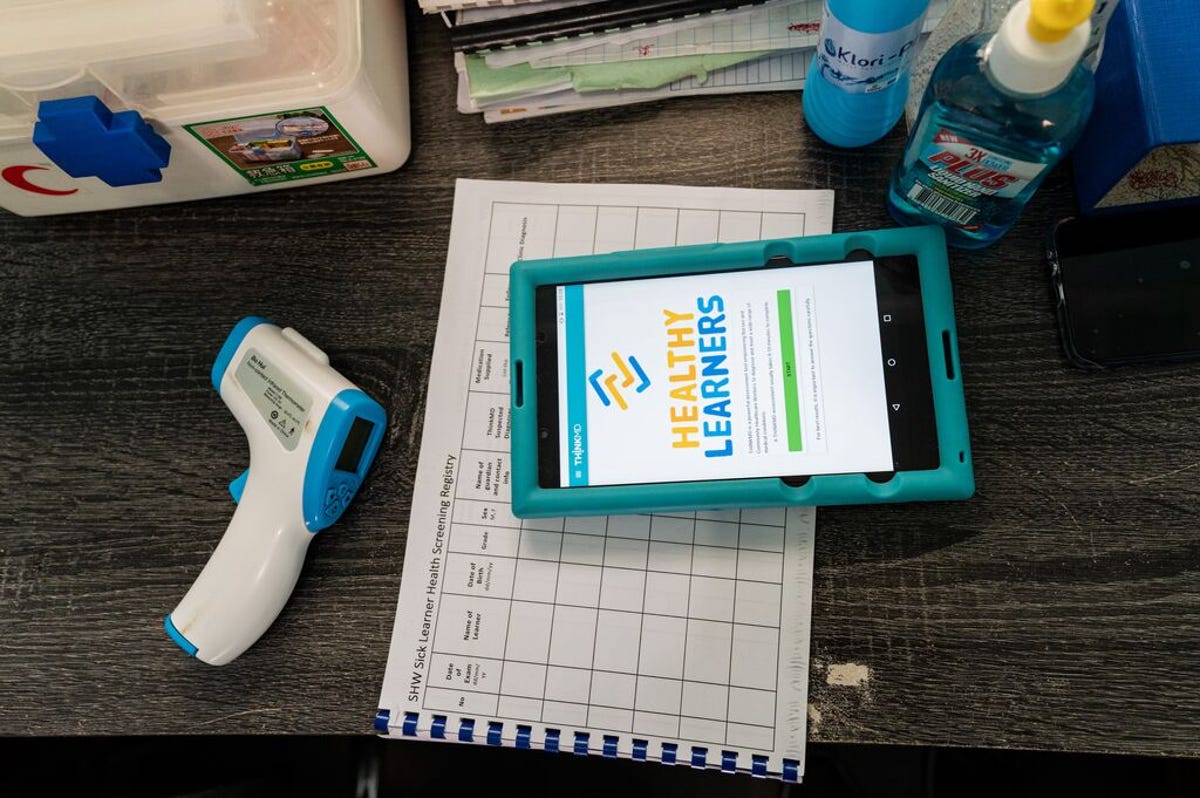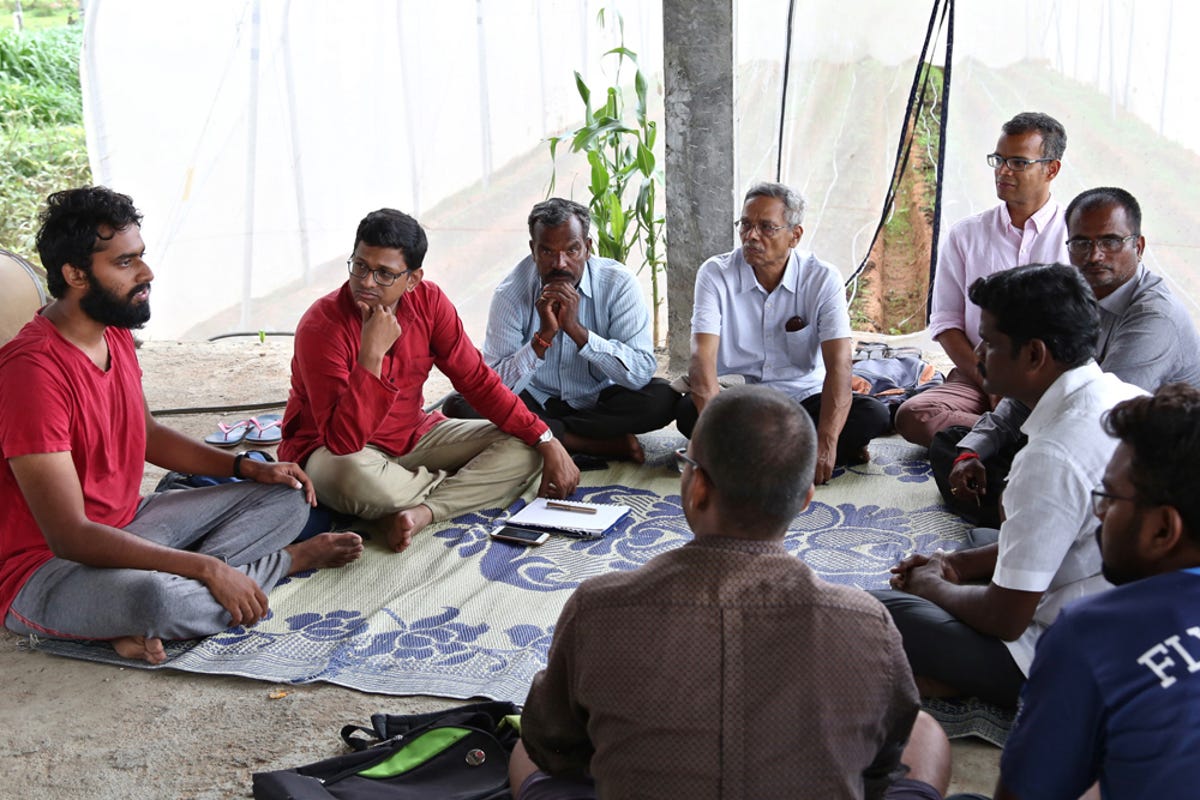Data science solutions for social challenges
For leaders looking to create data science systems to amplify their impact, our partner IDinsight offers three tips to keep in mind. We close our Driven By Data series with a bang.
© IDinsight
By Ben Brockman and Emily Coppel
As humans, we have evolved to recognize patterns that help us achieve our goals: whether noticing something out of place on your desk or recognizing a familiar face in the crowd. Computers with the help of algorithms can now do human-level – and in some cases better than human – pattern recognition in narrow cases, which holds great promise for tackling a variety of entrenched social issues. This field of algorithmic techniques – data science – could help decision-makers save scarce resources (using optimization algorithms), channel the right social services to highest-need communities (using targeting algorithms), or make translation available at scale (using natural language processing). But there are important caveats, considerations, and constraints to building effective data science solutions that address social issues. As we close out Cartier Philanthropy’s series Driven by Data, IDinsight ’s team offers three suggestions for social sector leaders considering data science solutions to their problems.

© mothers2mothers
1. PICK THE RIGHT PROBLEM AND THE RIGHT TOOL TO SOLVE IT
Investing in data science approaches to social development challenges can be costly. Solutions require highly skilled teams, robust data collection systems, and ongoing performance monitoring and maintenance. To justify this cost, leaders should aim to use data science to solve problems that have large returns on their investment. If the problem to be solved is marginal, and only has the potential for a small change in effectiveness, it’s likely worth exploring other less expensive and less time-intensive approaches. For instance, in IDinsight’s work with Educate Girls (in the first article of this series), data science offered a 2.5x improvement in the organization’s impact compared to their status quo approach, allowing them to reach hundreds of thousands more beneficiaries than would otherwise be possible. It’s notable that scale played a role - with large upfront fixed costs and smaller, ongoing or marginal costs, data science is ideal for practitioners like Educate Girls looking to strengthen programmes reaching many people. The time and effort put into building a model that would improve the programme’s ability to target beneficiaries was certainly worth it.
It can be tempting to use data science to answer any number of challenges or questions that may arise within an organization. For example, “Why isn’t my program working as expected?” “If we scale up our programme, will we compromise impact?” or “What other services can we provide our beneficiaries?” But there may be lower cost and lighter-lift “tools” that can be used to answer these questions, like running process evaluations, impact evaluations, or doing preference elicitation from beneficiaries. These approaches may not have the mystique of data science, but they may be a better fit for the problem at hand.
2. DON'T FORGET, THE D IS FOR DATA
Data science will have greater returns for organizations that already have data systems in place. For example, perhaps agricultural extension workers are using smartphones to record farmer data, or staff are WhatsApping patients in a peer-counseling health intervention– in both instances, data is already being digitally collected and stored. This makes it easy for data science solutions to plug into an existing system to improve it. If this isn’t the case, then organizations will first need to create data systems or digitize existing data before developing the algorithms. In sum, it’s a lot more work and a lot more costly.
Using a data system consistently across a large organisation is extremely challenging – even without complex algorithms analyzing that data. The less glamorous work of teaching a programme team to interpret and use data in everyday activities has to happen before any state-of-the-art algorithm will transform operations. In other words, if the end goal is enabling community health workers to deploy the latest cancer screening Artificial Intelligence tools, they first need to use smartphones as part of their daily work. After a successful rollout and adoption of the devices and basic processes, introducing algorithms to further enhance their work will be a smaller lift.
Through IDinsight’s recent projects, it has become increasingly clear that data science and data engineering solutions are mutually reinforcing. For data science approaches to be effective in a global development setting, there needs to be accurate data and high quality systems that facilitate the analysis as well as deployment of data-driven solutions.
3. CONSIDER SUSTAINABILITY AS PART OF SCALE-UP
Getting a data science solution off the ground can be a hefty lift, and sustaining it requires continued commitment. For data science approaches to operate in perpetuity and at scale they almost always require ongoing data collection, technical maintenance, and training for end-users. For many data science problems, this means accounting for “model drift”, a change in the underlying problem – or the relationship between predictors and outcomes over time. For example, mobile phone usage can be used to map poverty; however, mobile phone usage trends change over time, so any algorithms will need to be refined to account for these evolving shifts.
Maintaining the systems to collect, synthesize, and use data in the form of data science algorithms will require trained employees who know how to fix or amend the system if (when) something breaks. This can be employees within the organization or a hired firm, but leaders should be thinking ahead about how this system will be maintained in the longer-term and what hands-on support that will require.
Under the right conditions, as we have seen in the examples in this series, data science can have immense social impact. Whether optimizing resources or identifying the most vulnerable people to target assistance more efficiently, data science can help improve millions of lives when correctly deployed in the social sector. We believe that decision-makers can maximize their impact if they keep in mind these three important rules:
(1) focus on the problem to be solved, and then identify the best tool to address it
(2) establish data and data systems first, once in place, they will enable data science solutions to realize their potential; and
(3) plan for the long haul: keep in mind maintenance, training, and long term considerations when setting up your critical data science solutions.





